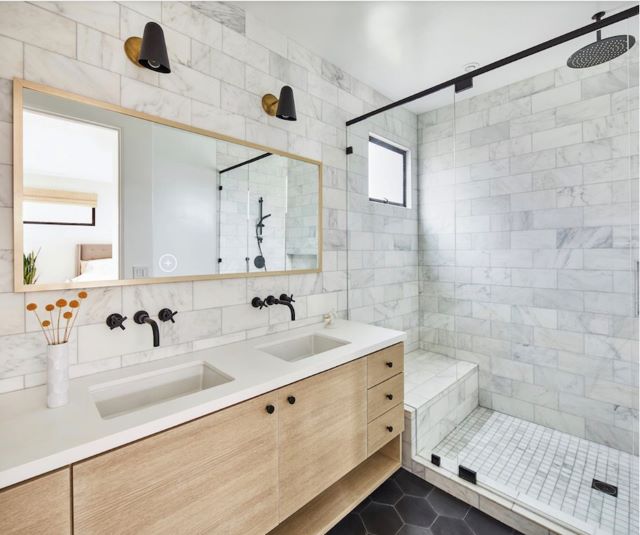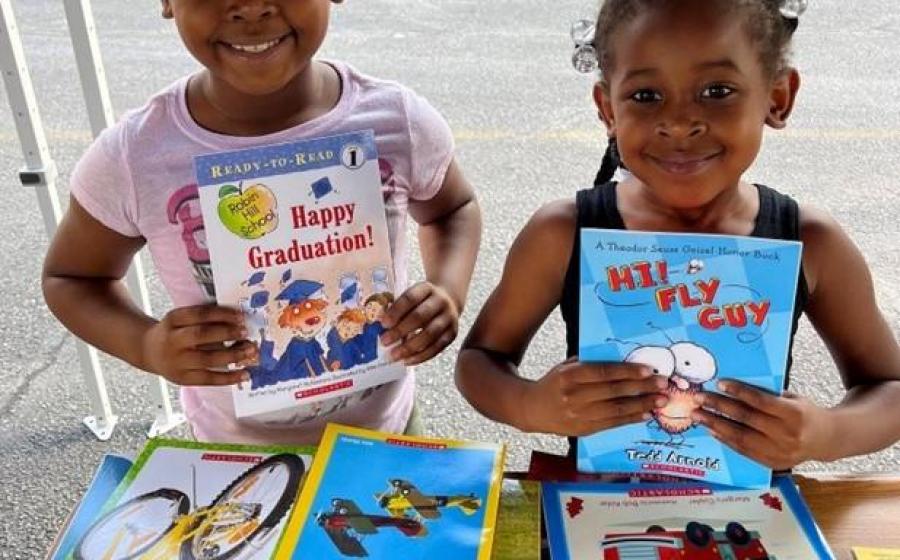How Anxious Are Americans About Their Finances? Very.
(NewsUSA) - A new poll paints a troubling picture of how anxious Americans are about their finances.
- A new poll paints a troubling picture of how anxious Americans are about their finances.
Nearly half of respondents said they didn’t feel “financially stable,” according to the survey from financial services firm Edward Jones and Morning Consult, and 29 percent admitted to having less than $500 in their emergency savings fund.
That’s right, less than $500.
Anyone who’s been to the supermarket lately – the price of a dozen eggs in January was up 70% from the same time last year – can guess one of the main reasons for that low savings rate.
“People have been facing turbulent times,” said Meagan Dow, senior strategist at Edward Jones. “Understandably, inflation is forcing consumers to spend more on necessities, like housing and groceries, while market conditions are startling investors, so savings are falling low on the priority list.”
How to take control when so much seems out of our control? If, like most respondents, you measure “financial wellness” as being free of debt and worries over monthly bills, and having enough money to care for your family, read on for ways to move forward:
- Build three to six months’ worth of living expenses in savings to cover emergencies. Keep in mind that even a few hundred dollars can help improve your financial stability, so start small and celebrate your progress. The specific amount to ultimately target depends on variables like whether your car is on its last leg, or your house is in an area prone to natural disasters. “There’s also your risk of temporary loss of income to consider, especially if you're a single earner or have job insecurity,” said Dow. "The higher your risks, the more you'll want to save."
- Save enough for your unique retirement needs. This year the average senior can count on only $21,924 from Social Security, with the maximum benefit for those retiring in 2023 and claiming at age 70 being $54,660. Most people won't want to solely rely on Social Security for their retirement income.
Which means, if at all possible, you'll want to be saving money now. At a minimum, you should contribute enough to take full advantage of any employer match for a 401(k) or other employer plan. A match is essentially free money, and generally a 50% or 100% return on your contributions. Then look to increase your savings over time, ideally at least annually or whenever you get a raise. "Many plans offer a feature to automatically increase your contributions, making it easier than ever to boost your savings," said Dow.
And if you're working but don't have access to an employer plan or have maxed out your contributions? You may be able to save in an IRA. For 2023, you can contribute up to $6,500 if you have taxable compensation, or $7,500 you’re age 50 or older. Although a Roth IRA has income limitations that may prevent you from contributing the full amount, a backdoor Roth strategy allows you to contribute to a Roth IRA even if you exceed those income limitations. A financial advisor can help determine if this strategy makes sense for you.
- Pay down debt. Start with high-interest, non-deductible debt. The most common form of this is credit card debt, but any high-interest debt is likely to cost you more in interest than you can expect to earn on your investments. Take a look at the "Minimum Payment Warning" box on your statement to see how paying extra can save you in interest payments, and significantly shorten how long it will take you to pay off your balance.
Then you can focus on paying down other debt, starting with the highest after-tax interest rate. "Target a debt-to-income ratio (DTI) of 35% or lower if you have a mortgage, and 20% or lower if you don't," said Dow. To calculate your DTI, divide your monthly debt payments by your gross monthly income.
Interestingly, the survey also found that those who said they used a financial advisor, instead of trying a do-it-yourself approach, were twice as likely to feel confident about their present and future financial situations. A trusted local advisor at Edward Jones can help you create a roadmap to work toward your own financial wellness.


 -
- 






 - From election-season opinion polls to holiday-season parties, “fake news” is everywhere – and the harm goes beyond what’s said on the evening broadcast or the dinner table.
- From election-season opinion polls to holiday-season parties, “fake news” is everywhere – and the harm goes beyond what’s said on the evening broadcast or the dinner table. -
-  Murder Baby by G.J. Stoutimore
Murder Baby by G.J. Stoutimore My Name’s Not Jenny by Jeannine Lokey
My Name’s Not Jenny by Jeannine Lokey Lemon Curd Killer by Laura Childs
Lemon Curd Killer by Laura Childs From Scratch by David Moscow & Jon Moscow
From Scratch by David Moscow & Jon Moscow
 - March is National Reading Month, and the Toys for Tots Literacy Program continues its commitment to helping children “Unplug and March into Reading” by placing books into the hands of less fortunate children and encouraging families to unplug from their screens and electronic devices and enjoy a book together!
- March is National Reading Month, and the Toys for Tots Literacy Program continues its commitment to helping children “Unplug and March into Reading” by placing books into the hands of less fortunate children and encouraging families to unplug from their screens and electronic devices and enjoy a book together!
 - This is not a gilded age novel. It’s a novel of the smoke and grit that were the pride of a booming city. It takes readers to another time and another world that is distant but familiar.
- This is not a gilded age novel. It’s a novel of the smoke and grit that were the pride of a booming city. It takes readers to another time and another world that is distant but familiar.

 - Auto Glass Now Announces a Chance to Win One of 23 Pairs of Ray-Ban Sunglasses
- Auto Glass Now Announces a Chance to Win One of 23 Pairs of Ray-Ban Sunglasses -
-  Lobster Wars by Mark E. Greene
Lobster Wars by Mark E. Greene The Promise of America by William Sanchez
The Promise of America by William Sanchez Burned Out by Dean Mafako
Burned Out by Dean Mafako Did We Learn Anything from WTC Towers Collapse?... By Gregory Szuladzinski
Did We Learn Anything from WTC Towers Collapse?... By Gregory Szuladzinski
 - Financial planning is about helping individuals and families make sound financial decisions that enable them to achieve their life goals. When financial planners provide these services to diverse clients, they help bridge the gaps between different communities.
- Financial planning is about helping individuals and families make sound financial decisions that enable them to achieve their life goals. When financial planners provide these services to diverse clients, they help bridge the gaps between different communities.
 -
- 